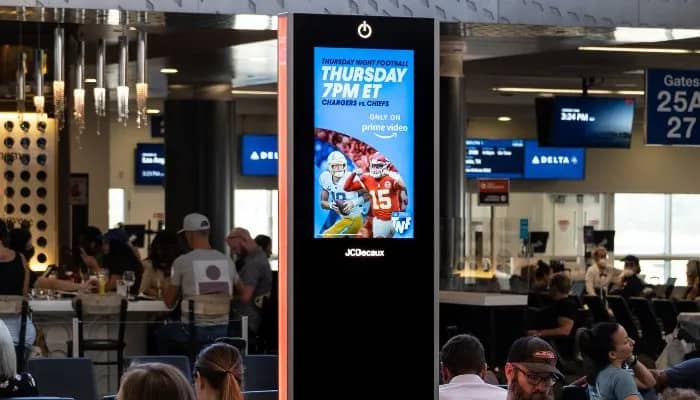Singapore – Eight start-up companies in fintech or fintech-related businesses occupied the spot in the latest ‘2023 LinkedIn Top 10 Singapore Startups List’, showing the rising trend of fintech firms in the country.
The list is based on the data analysed by Linkedin, covering the areas of employee growth, jobseeker interest, member agreement, and start-ups’ ability to attract talent from top company lists.
In this year’s list, a total of 8 fintech or fintech-related company start-ups, 4 of which provide business-to-business (B2B) fintech services, dominated the spot. This is a record number for fintechs on the list since their debut in 2020.
Among the list, financial services firm Aspire has retained its top spot since last year. Following behind it is the debut of fintech startup YouTrip, which offers a financial mobile platform for overseas payments.
Also on the list are telehealth provider Doctor Anywhere, which is focused on improving healthcare accessibility; car-sharing service GetGo Carsharing; AI tech start-up Advance Intelligence Group; digital corporate service provider Sleek; fintech company Endowus; digital securities trading platform ADDX; digital wealth manager Syfe; and cross-border payments platform Thunes.
The list reflects Singapore’s thriving ecosystem of innovative businesses. It highlights fintech’s enduring appeal as an engine of opportunity in Singapore that provides growth opportunities for professionals.
Furthermore, the presence of B2B start-ups suggests the growing relevance of B2B solutions in the country, especially in the small city-state where the business-to-consumer (B2C) market remains relatively small compared to other countries.
LinkedIn also revealed that the top companies on the list were those who were able to recognise and leverage the power of AI to grow in a fast-evolving environment.
For Pooja Chhabria, career expert and head of editorial in Asia Pacific at LinkedIn, the list is a great basis for career growth opportunities for professionals. And to be able to enter these top start-up companies, one must know what skills are needed to snag the job.
According to Pooja, one must think like a founder, as top start-ups are now looking for candidates with entrepreneurial spirit to seize opportunities for the business. It is also important to be a diverse team player and possess a growth mindset that is eager to learn, face challenges, and bounce back from setbacks.
Pooja said, “Fintech has a strong showing in Singapore’s Top Startups 2023 list, with 8 out of 10 startups in fintech or fintech-related businesses.This may be attributed to Singapore’s vibrant start-up ecosystem that nurtures and develops technology-based startups. The city-state is known as one of the world’s leading innovative and smart cities and is also looked upon as a model by other nations.”
“This year’s list of Singapore’s most thriving startups serves as a unique and actionable resource for professionals who are eager to work in companies that are revolutionising the industry they are in and driving exciting new innovations. Professionals can acquire hard and soft skills such as market research, agility, and entrepreneurial acumen,” she added.
Speaking on the list, Lim Wai Mun, founder and CEO at Doctor Anywhere, said, “We have been using AI in the form of machine learning and data analytics, reducing patient consultation time through smart form filling of common prescriptions, as well as understanding and matching users with various health and wellness products after they recover. With the advent of generative AI, this will enable us to deliver more personalised, efficient, and patient-centric care and also alleviate some of the most pressing challenges. This includes the talent shortage that the healthcare industry is facing globally.”
Meanwhile, Adrien Barthel, co-founder and chief growth officer at Sleek, also added: “The integration of AI is non-negotiable for businesses today. We started our AI journey a few years ago, and we continue to actively work on incorporating artificial intelligence to deliver more data automation that results in increased accuracy and better predictive outcomes.”










